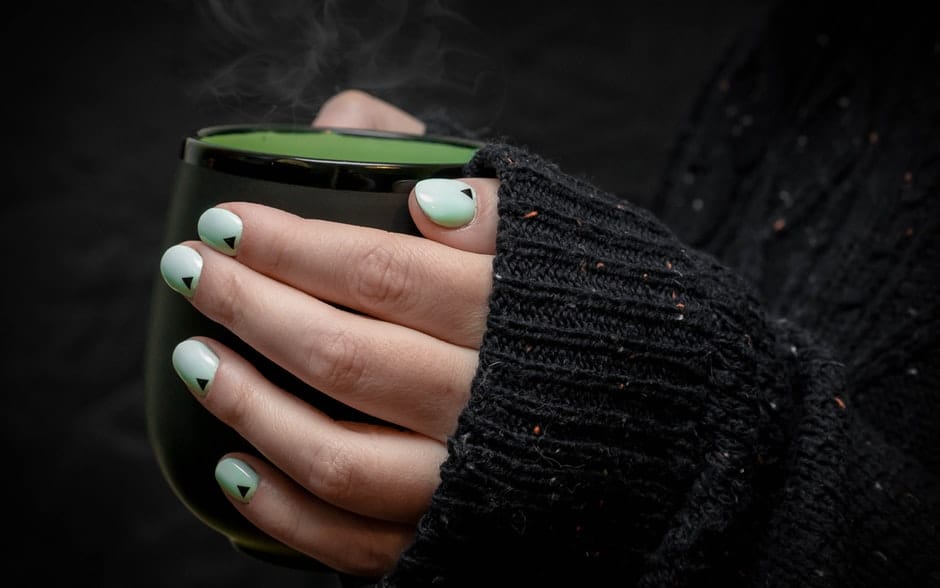Winter months in Orange and the Central West can be a painful experience for many. Chronically cold hands and feet vary from being an annoyance to being a disabling condition, particularly for those who spend at least part of their day outside due to their work.
You may just have perpetually cold extremities, or this could extend to particular conditions such as chilblains or Raynaud’s Disease (aka Syndrome, Disorder, Phenomenon). See below for a description of both.

What is Raynaud’s Disease?
Raynaud’s syndrome is a short-term interruption of blood flow to the extremities. When this happens, the fingers and toes go white. As the blood returns, the skin goes from blue to white to a normal skin colour again. There can mild or severe pain, tingling and numbness as the blood leaves and returns.
Raynaud’s can be a stand-alone issue (primary Raynaud’s) triggered by a cold environment, or sometimes a stressful situation.
It can also be a symptom of another illness such as an autoimmune disease (secondary Raynaud’s). So if you are regularly getting very cold and white fingers and/or toes, it’s worth getting this looked at by your GP.
Most sufferers tend to be women of menstruating age. It’s very common in these higher areas of the Central West like Orange, Bathurst and Wellington where winters can be a little more chilly.
What are chilblains?
Chilblains are a slightly more severe in presentation than Raynaud’s. They tend to have more blue and red discolouration, and more severe pain, burning and itching.
Damage to the capillaries of the fingers and toes can lead to blistering, dermatitis and ulceration.
As with Raynaud’s, they are triggered by extreme changes in temperature and exposure to cold in pre-disposed people. Modern medicine labels chilblains as idiopathic (spontaneous and not connected with another illness), or secondary (a symptom of a larger health problem).
How can Chinese Medicine help with poor circulation?
I practise acupuncture and Chinese herbal medicine which are the two main treatment tools of Traditional Chinese Medicine (or TCM). Some conditions call for one or the other, or the two in combination, but when it comes to warming you up, dilating the vessels and promoting peripheral blood supply, Chinese herbal medicine excels. Nine times out of ten, I use herbs as the stand-alone treatment.
If you haven’t taken Chinese herbs before, they are easy to take. The herbs I prescribe are in the form of a concentrated powder which simply dissolves in hot water to form a tea, which you drink twice a day.
From a Western medical view, Raynaud’s/chilblains/chronic cold hands and feet aren’t particularly dangerous conditions and lasting damage is rare (though a more severe sufferer can be prone to impaired healing of cuts, scarring and ulceration). It’s just something to be managed by staying warm and wearing gloves and woolly socks.
However, from a Chinese Medicine perspective, any symptom, especially persistent ones, are a sign that something is wrong and needs to be addressed. To not take note and treat when the body produces symptoms is akin to ignoring the oil indicator light on your car’s dashboard. “Managing” the indicator light by covering it up or disconnecting it, will not make the larger problem of low oil go away.
How long does it take to treat?
Most people would expect to see some relief within a few short weeks of taking their herbal prescription. Adequately treating the larger issue usually requires a longer course of herbal medicine.
This disease in Chinese Medicine can also produce symptoms such as light-headedness, low energy, low mood, poor mental clarity, constipation, dry and brittle skin/hair/nails, scant/painful/dark/clotted menstrual flow. Being a holistic therapy, your whole health picture is addressed as part the treatment.
Raynaud’s Treatment Orange
Please don’t hesitate to be in touch if you have any questions. For appointments, please call our friendly reception on 02 6361 8429.